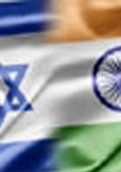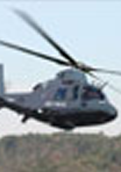Strategic Partnership Model – formulation of the scheme a big challenge
The objective of promoting Indian industry can be achieved in a simpler manner if after selecting the platform to be inducted MoD leaves it to the foreign OEM to tie up with the Indian company of its choice.
- Amit Cowshish
- May 22, 2017














